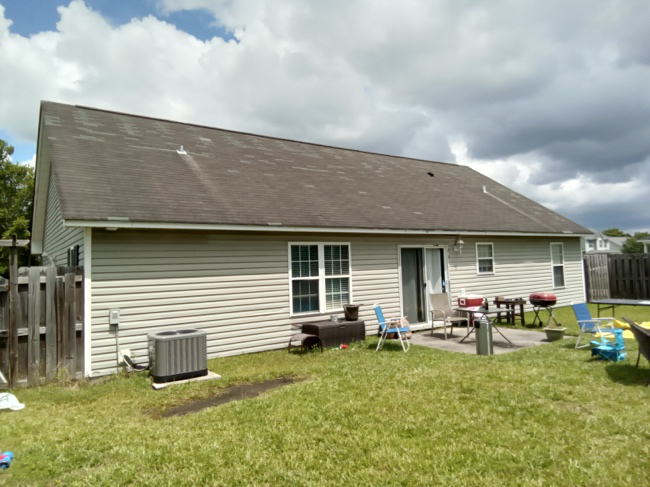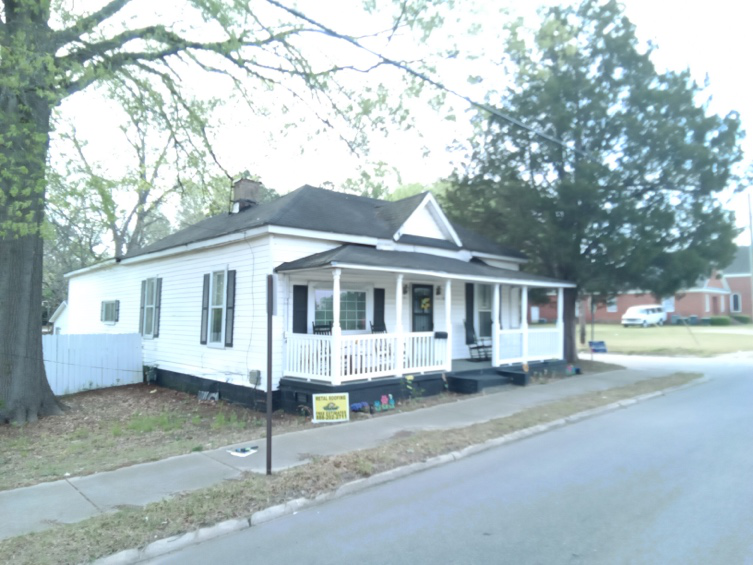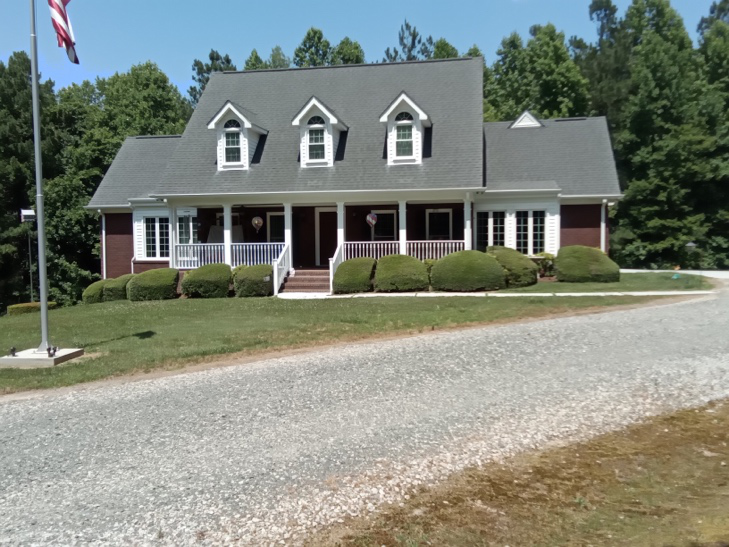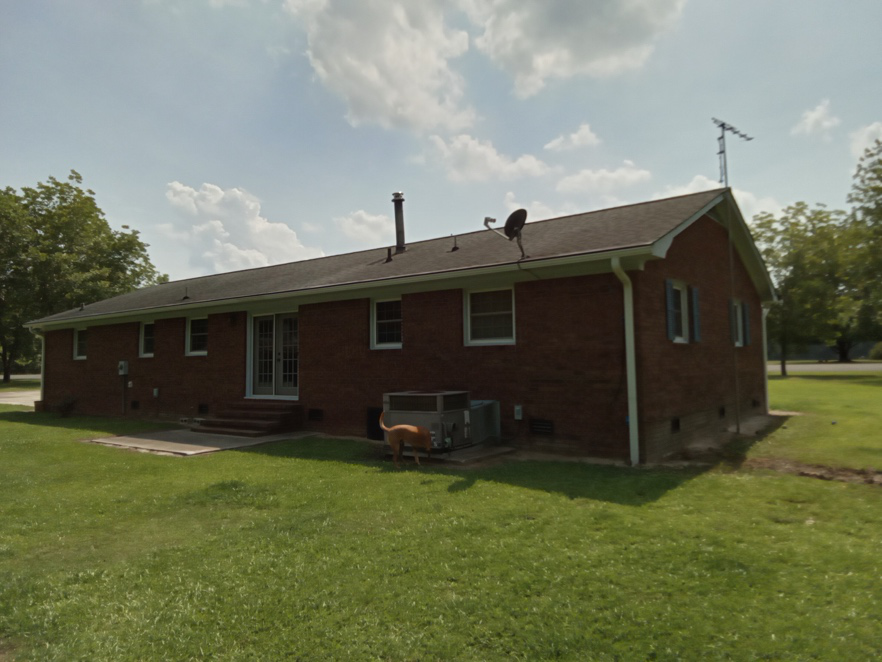Metal roofing is a popular choice for both residential and commercial properties due to its durability, longevity, and aesthetic appeal. However, like any roofing material, it’s not without its challenges. One of the most common issues that metal roofing can face is condensation. Roofing condensation issues can lead to a range of problems, from structural damage to health concerns. In this article, James Kenton explores the causes of condensation on metal roofs and provides you with essential tips and techniques to prevent it.
Understanding Roofing Condensation Issues
Condensation occurs when warm, moist air meets a cold surface. In the context of metal roofing, this typically happens during temperature fluctuations. The warm air from the interior of a building rises and comes into contact with the cold metal roofing. When the warm air cools down against the metal surface, moisture in the air condenses into water droplets. This process can lead to various problems:
1. Interior Damage
Condensation can seep through the roof deck, causing damage to insulation, ceilings, and even the structural integrity of the building.
2. Mold and Mildew Growth
Excess moisture can create a favorable environment for mold and mildew growth, which can pose health risks to occupants.
3. Reduced Energy Efficiency
Condensation can decrease the insulation’s effectiveness, leading to increased heating and cooling costs.
4. Aesthetics
Dripping water or stained ceilings can compromise the appearance of a well-maintained interior.
Now that you understand the potential issues let’s delve into techniques to prevent roofing condensation issues effectively.

Tips and Strategies to Prevent Roofing Condensation Issues
Here are some ways through which you can prevent condensation problems with your roof.
1. Proper Ventilation
Proper ventilation is the key to mitigating condensation issues with metal roofing. Ventilation systems allow air to circulate freely, reducing humidity levels within the attic or roof space.
Here’s how to achieve effective ventilation:
- Install ridge vents and soffit vents:These work in tandem to create a continuous airflow from the bottom of the roof to the top, preventing moisture buildup.
- Use attic fans:These can help exhaust warm, moist air from the attic, reducing the likelihood of condensation.
- Ensure adequate insulation: Proper insulation can help maintain a consistent temperature within the attic, minimizing the potential for condensation.
2. Vapor Barriers
Installing a vapor barrier under your metal roof can be an effective way to prevent condensation. A vapor barrier is a material that inhibits the passage of moisture-laden air from the interior into the roof assembly. It’s essential to consult with a roofing professional like James Kenton to determine the appropriate type and placement of vapor barriers for your specific roofing system.
3. Proper Roof Pitch
The slope or pitch of your metal roof can significantly impact condensation issues. A steeper roof pitch encourages water to run off quickly, reducing the time it has to condense on the metal surface. This not only prevents moisture buildup but also enhances the overall structural integrity of your roof by minimizing the weight of standing water during heavy rain or snowfall.
Moreover, a higher roof pitch can enhance the aesthetic appeal of your property, giving it a distinct architectural character. It can also provide additional space for attic storage or even the possibility of converting the attic into usable living space.

4. Seal and Insulate Ducts and Openings
Any openings in the roof, such as vents, chimneys, or exhaust ducts, should be properly sealed and insulated. These areas are particularly susceptible to condensation because warm, moist air can escape through them and meet the cold metal roofing. Ensuring these openings are sealed and insulated effectively can prevent this problem.
5. Regular Maintenance
Routine maintenance is crucial to preventing condensation issues with metal roofing. Inspect your roof regularly for signs of damage, including loose or damaged seams, missing fasteners, or punctures. Pay close attention to areas where different roofing materials or components meet, as these are common points of vulnerability.
In addition to visual inspections, it’s a good practice to clear debris, such as leaves and branches, from your roof. Clogged gutters and downspouts can impede proper drainage, which can contribute to moisture buildup on your roof’s surface.
6. Use Reflective Roof Coatings
Reflective roof coatings, often made of elastomeric materials, can help regulate the temperature of the metal roof. These coatings reflect sunlight and heat away from the surface, keeping the metal cooler and reducing the potential for condensation.
Moreover, these coatings can contribute to energy efficiency within your building. By reducing the roof’s heat absorption, they can lower your cooling costs during hot summer months, making your property more environmentally friendly and cost-effective. The best thing about reflective coatings is that they protect your roof from condensation while creating a more comfortable and sustainable indoor environment.
7. Monitor Humidity Levels
Controlling the indoor humidity levels can also help prevent condensation. Using dehumidifiers or HVAC systems with humidity control features can maintain indoor humidity within an acceptable range, reducing the likelihood of moisture buildup in the attic or roof space.
8. Consult a Professional
When in doubt, consult a roofing professional with experience in metal roofing systems. They can assess your specific situation and provide tailored recommendations to prevent condensation issues. A professional inspection can identify potential problems before they become severe.
Furthermore, roofing professionals have access to the latest industry knowledge and technology. They can recommend advanced solutions such as specialized coatings, improved ventilation systems, or innovative insulation materials that may not be readily available to the average homeowner. This expertise ensures that your metal roof is equipped to withstand the test of time and changing weather conditions.

James Kenton, an experienced roofing contractor, possesses the expertise and knowledge to assist you in preventing roofing condensation issues effectively. With his guidance, you can enjoy the full benefits of your metal roofing system, knowing that your property is well-protected and your investment is in capable hands. Visit James Kenton’s website as you move toward a safer, more durable, and energy-efficient roofing solution.
